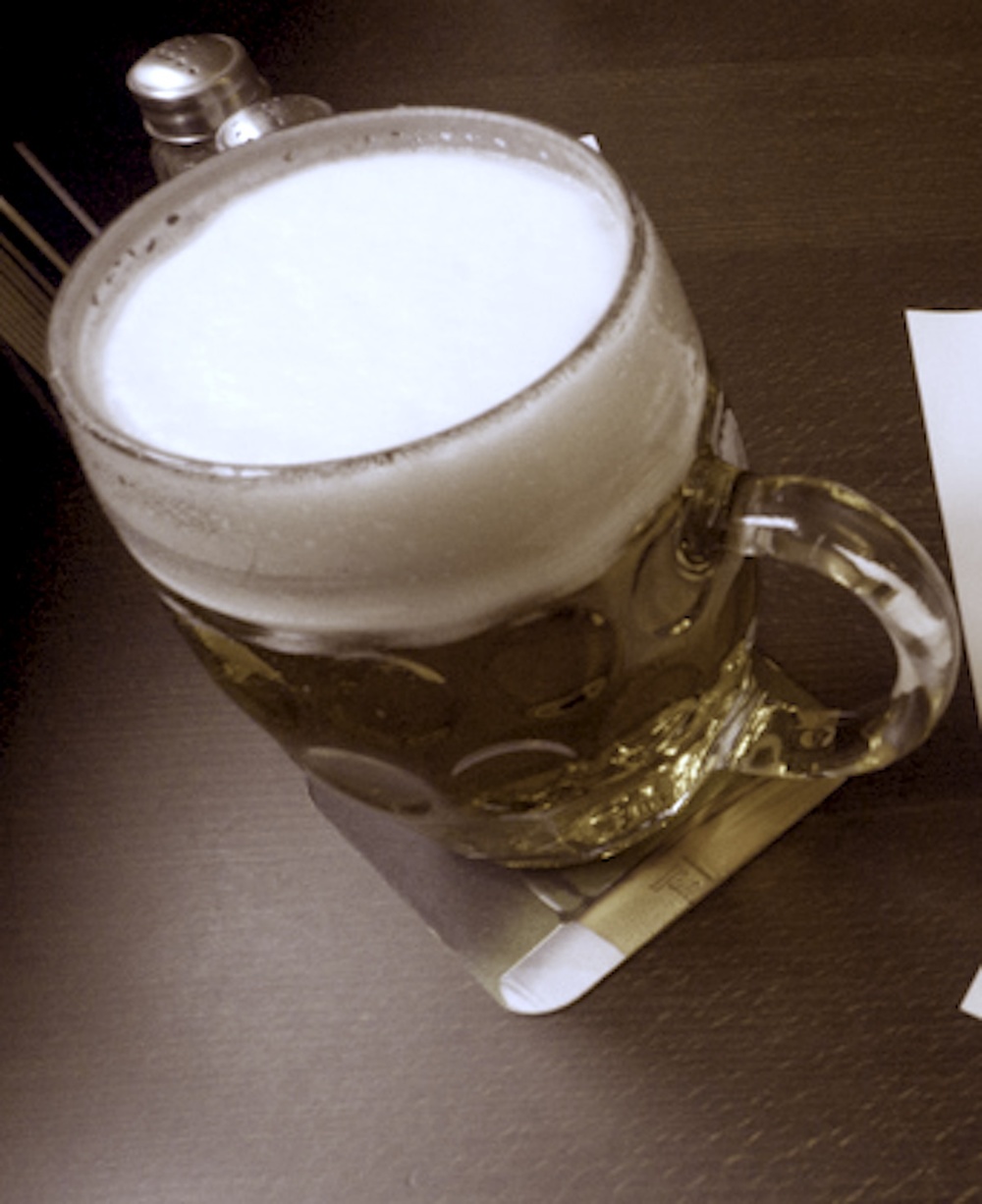In Prague, there are plenty of shabby shops selling cheap souvenirs to tourists (Russian dolls, anyone?). As an alternative to getting an unmemorable present, you can pop into one of the unique design shops and choose an interesting gift you or your loved-ones back home will appreciate as an original piece of Prague. Wandering through the streets of Prague, you can stumble across design shops that feature rare and alluring designs just waiting for you to take home.Here are a few of our favorite stores with unique souvenirs:
They offer original and unique jewelry, porcelain and glass, all from Czech producers and designers that will accommodate any budget.
Studio Pirsc Porcelain has become one of the leading studios in porcelain design and production. They offer high quality and limited decorations, along with useful household items. You can purchase them online or at various Prague stores (e.g. Belda, Qubus, Futurista, Modernista).
This original Czech stationary gives paper a brand new, creative dimension. In Papelote you can find exercise books, notebooks, postcards and many other things that a good stationery shop should carry. You will be surprised by the original design that develops ordinary paper goods to unique pieces of art.
The 66 Gallery is a wonderful mixture of a sales gallery and the Botas Concept Store. This traditional Czech sport shoes brand has become extremely popular, as illustrated by the fact that the Czech word "botasky" is the universal word for any sneakers.
Here you will find unique treats for anyone exceptional in your life, things like a weird porcelain candleholder looking as baby head, a porcelain vase in the shape of a wellington boot or plenty of other cool design items to show your friends back home.
Over 100 m2 of unique space where you can browse a broad collection of art, design books and magazines, pick an original gift for your loved ones or just meet up for a cup of coffee.
This design shop offers broad and diverse selection of furniture, ceramics, glass, lighting, jewelry and toys from the Art Deco, Bauhaus, and Czech Cubism movements.
Presenting the best of decorative art and design from the most important stylistic periods of the 20th century, particularly cubism and art deco, Kubista offers rare originals of applied arts.
Design lifestyle store full of original ideas, cool accessories and unique gifts such as a beautiful porcelain “babovka” form.
This boutique is run by one of Prague’s most respected fashion designers; their quarterly collections feature sophisticated yet wearable clothes.











